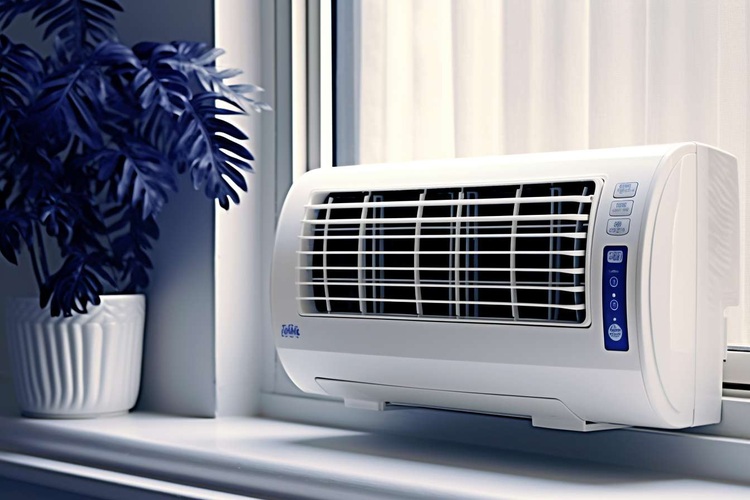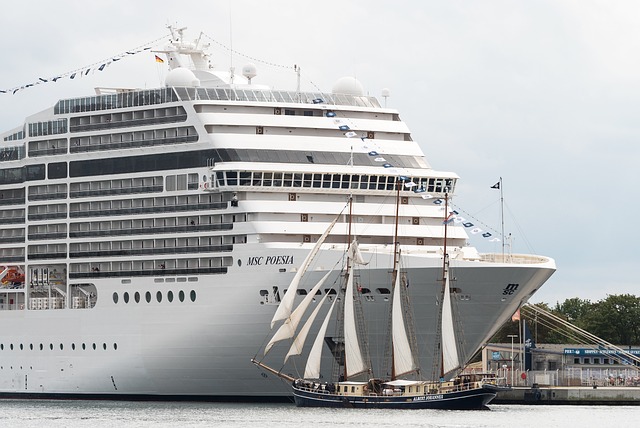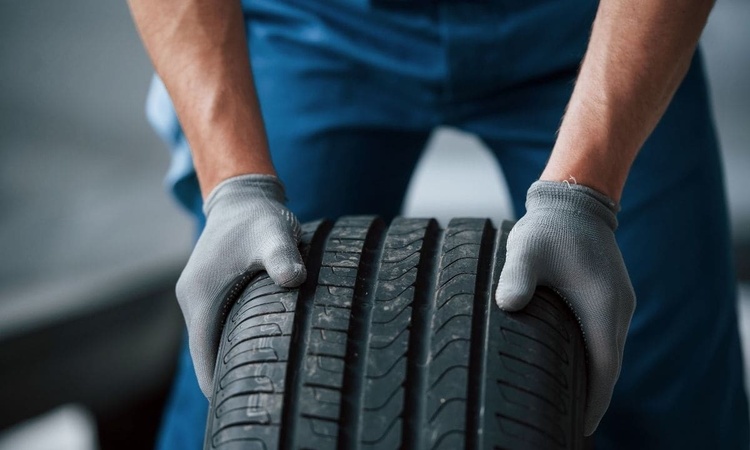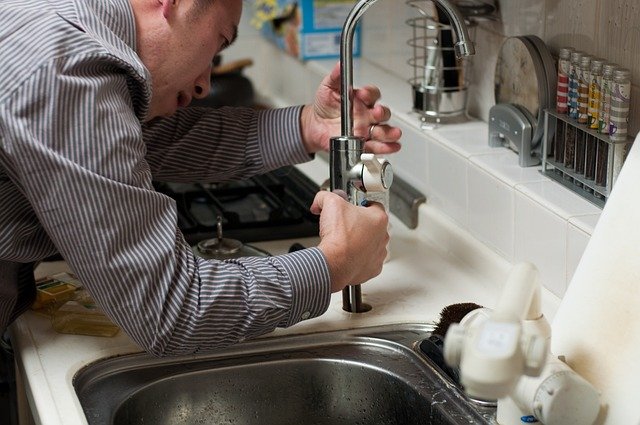Portable Air Conditioner Guide: Efficient Cooling for Summer Heat
A portable air conditioner can be a practical solution for cooling individual rooms without the expense or permanence of installing a fixed system. These compact units offer flexible placement, straightforward operation and rapid relief from summer heat. This guide explains how a portable air conditioner works, how to choose the right model, maintenance tips to keep cooling performance high, and sensible ways to complement a portable unit for comfortable indoor temperatures during hot spells.

How does a portable air conditioner work?
A portable air conditioner extracts warm air from a room, removes heat and moisture, and returns cooler air to the space. Most portable models use a refrigerant cycle similar to larger air conditioning systems: an internal evaporator absorbs heat from room air, and a condenser releases that heat to the outside via an exhaust hose. Single-hose designs draw replacement air from the room, which can reduce efficiency, while dual-hose models use separate intake and exhaust paths to improve performance. Condensate may collect in an internal tray or be pumped out; regular draining or auto-evaporation features help maintain uninterrupted cooling.
Choosing a portable unit for effective cooling
Selecting the right portable air conditioner depends primarily on room size, insulation, and heat sources. Cooling capacity is commonly expressed in BTU; higher BTU ratings suit larger rooms, but oversizing can cycle the unit inefficiently. Consider noise levels, energy-efficiency ratings and additional features such as timers, programmable thermostats and washable filters. For rooms with direct sun, cooking appliances or many occupants, choose a higher capacity to compensate for extra heat. Measure the room in square metres and consult manufacturer guidance to match capacity to space. Also check venting requirements and whether the unit’s weight and size fit your intended placement.
Portable cooling vs fixed systems: when to pick portable
Portable air conditioners are ideal when you need temporary or targeted cooling: rented accommodation, rooms without suitable window openings for a window AC, or when you want flexibility to move cooling between spaces. They require minimal installation and typically cost less upfront than ducted or split systems. However, portable units can be less energy-efficient than well-installed split systems, and they need a nearby window or panel for the exhaust hose. If you want whole-home cooling, a fixed multi-split or central system may be more efficient in the long run. For single-room comfort in summer heat, a portable unit often strikes the best balance of convenience and cost.
Maintaining a portable air conditioner for summer performance
Regular maintenance keeps a portable air conditioner running effectively during prolonged hot periods. Clean or replace filters according to the manufacturer’s instructions to maintain airflow and indoor air quality. Empty condensate trays or check the drainage hose to avoid overflow warnings. Inspect and seal the window exhaust kit or panel to prevent warm air re-entry. Keep the unit’s coils and vents free from dust and ensure there is adequate clearance for airflow around the unit. For repairs or annual servicing, look for reputable local services that can handle refrigerant checks and electrical safety, ensuring the unit remains safe and efficient.
Dealing with summer heat: tips alongside a portable unit
To reduce the burden on your portable air conditioner and improve overall cooling, combine mechanical cooling with passive strategies. Use blackout blinds or reflective window film to limit solar gain during the hottest hours. Improve ventilation in the evening by opening windows if temperatures drop, and use ceiling or circulating fans to enhance perceived cooling while allowing the thermostat to be set slightly higher. Seal gaps around doors and windows to reduce warm air infiltration, and avoid heat-generating activities like oven cooking during peak afternoon heat. Smart thermostat usage and zoning—focusing cooling on occupied rooms—can lower energy use while keeping occupants comfortable.
Conclusion
A portable air conditioner is a practical choice for targeted, flexible cooling during hot summer periods, especially when installation of a permanent system is impractical. Understanding how these units operate, selecting the right capacity, and performing routine maintenance will maximise cooling performance and longevity. By combining a portable unit with sensible home-preparation and ventilation strategies, you can manage summer heat effectively and maintain comfortable indoor conditions without unnecessary expense or complexity.






